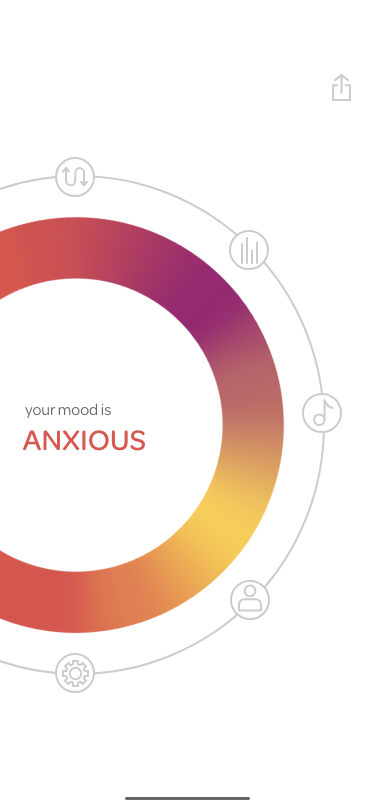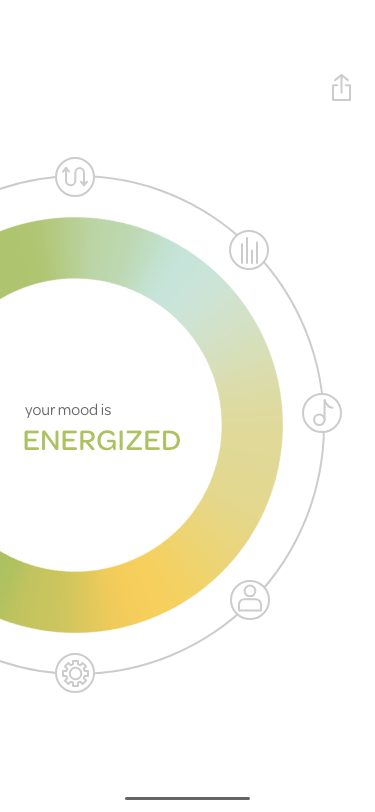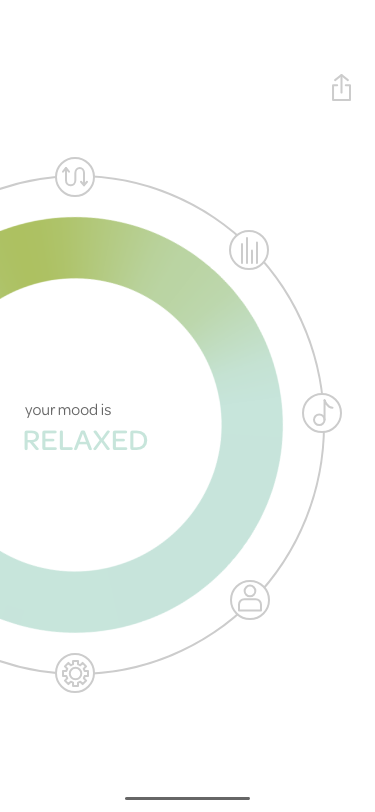Over the past century, the design profession has evolved and expanded. The design field is now defined as much a way of thinking, applying intellect to problem-solving through rigorous methodologies and practices, as it is making new and better things, spaces or messaging.
In the evolution from making to thinking, design has broadened beyond the industrial application to address a variety of human-cantered social, cultural, and environmental issues. But with rapidly changing technologies that often merge to create unpredictable combinations, the future of design is not so clearly in focus.
Where is design going, and how will it evolve? We do know that design is converging with technology. While designing for traditional print media continues, the call has been surpassed by the need for graphical user interfaces (GUI) and Smart Technology solutions. Hand-held screens are now the predominant means of viewing information. Computer-assisted visualization and prototyping techniques, including 3D printing, and animated, architectural fly-throughs, are now staples of the design process. If we look at the future with lenses from the past, we are tempted with visions of computer-assisted visualizations quickly materialized through gestural interfaces across virtual space, all of which we extract from our mental conjuring. This technology-is-our-friend imagery evokes the sentiments of unlimited potential and unfettered creativity. But this is not the nature of paradigm shifts. When we talk about the explosion of Big Data, we still think in familiar modes, of the designer as a skilled visualizer who organizes and finesses more palatable ways of viewing the information. Our approach is to ask how to hone our current skill set to solve emerging problems. In fact, Big Data, the fuel of Artificial Intelligence (AI), decision-making engines, may end up replacing old paradigm designers.
It is the nature of technology to spawn new paradigms, which can cause a ripple effect on careers, society, culture, behavior, privacy, and security, to name a few.
This is of particular importance to design and designers. Technology will change the things we design, the spaces we design, the way we see, and consume information. We need to understand what these changes could be, how they could affect our lives and our careers so that we can prepare for them. Roberto Poli (2015) describes Anticipation (a new field of study), in this way: “A weather forecast in itself is not anticipatory [...] Watching a weather forecast and as a consequence taking an umbrella before going to work is instead an anticipatory behavior.” So it is more than merely looking at what might happen, it is about taking concrete actions or making practical preparations if it does.
In this light, I brought together third-year students from Industrial Design (OSU) and Visual Communications Design (OSU) for a semester-long collaborative studio. The objective was to examine a near-future—seven years—where a to-be-defined technology would be nearly ubiquitous. Not unlike our surveillance society, which we have come to accept and even ignore, or the iPhone, barely a decade old, pervasive technologies, however fantastic at their introduction, inevitably become mundane. In the spirit of anticipatory thinking, I asked my sixteen students to imagine the next big thing, all within the context or a design team working at a fictional corporation.
The purpose of this examination was not to investigate the ramifications of design that goes wrong, but rather the unintended consequences of a technology that goes incredibly—right. When such technologies become part of our lives, we are changed in subtle and sometimes overt ways.
We find ourselves designing systems to mitigate the ramifications of our dependence on them, their misuse, and their abuse.
At one time in the not-too-distant past, we would have considered these things as science fiction fantasies, but that is no longer the case as many of these technologies are part of everyday life and the rate of development is not linear but exponential. While designers now embrace the importance of sustainable design, how many think about the behavioral, social, or cultural repercussions of objects, spaces, or communication? Whether or not the designer is fully aware of their reciprocal effect, design, and culture are inseparable.
Students were also encouraged to anticipate the unintended consequences that can cause new and unexpected problems. The landscape has many examples: 3D printing guns, using drones for vandalism, cell phones to invade your privacy, GPS to track you, or invasive hacking to steal your identity.
The process began with a deep-dive into emerging technologies. In many ways, it was an exercise in “following the money.” Identifying where the funding is being channeled in venture capital and where the buzz is centered in technology, and the media were low hanging fruit. Not surprisingly, Artificial Intelligence rose to the top. However, AI is a broad topic, already embedded in thousands of applications. We needed to find a user-centered, technology-based service with a broad social appeal.
This led the team to investigate social and cultural trends that might be suited to an AI application. Sub-teams created mini-whitepapers and uploaded them to the cloud for use by collaborators, and class sessions functioned as large team meetings to discuss findings and brainstorm applications.
Eventually, four technologies emerged that could be combined into a promising application: AI, biometric monitoring, a listening technology, like Alexa, and the emerging ability of AI to autonomously create art and music.
The teams settled on an AI application for emotional and mental wellness. A device would monitor physical indicators like heart rate, breathing, galvanic skin response, and the surrounding audio environment.
Then the AI, through machine learning, acquired the individual’s preferences as well as collecting the audible signatures and tendencies of daily private, and social encounters.
The speculative technology was named Hone: Emotional Intelligence. Physically it was an earpiece with bone conduction sound. Of course, it was available in fashion colors.
Hone Digital Mock-Up - Charging Case
Hone Digital Mock-Up - Charging Case & Earbuds
It could quickly learn about the places and encounters that generate unhealthy stress, reduced energy, low productivity, or toxic relationships. Through AI creativity, already capable of producing near-perfect replications of real-life conversations, art, photography, and music, the system would generate audio—dialogue, music, or sounds—to mitigate the emotions to the desired state. The user can select or re-target their mood at any time using a Smartphone-based visual interface that is plotted on a 2x2 map of quadrants from intense to calm and positive to negative.
The class divided into highly porous, collaborative teams, where students could join or leave a group based on their interests, skills, or areas where they wished to contribute. In this way, the class functioned as a more corporate design-team, acknowledging areas of expertise but welcoming to concepts that would improve the overall product.
Through a Liveable Futures grant, students produced physical prototypes, a Smartphone app, a web site, and a short film that showed the product and system in use. The resulting video narrative highlighted the pros and cons of an AI system that knew everything about your life and lifestyle. Questions arose:
Could we become too reliant on a system that could easily change our emotional state?
Would such a system enable us to better control our emotions or would it be controlling us?
How would “Hone” change us? Would it be for the better?
Finally, these were the questions posed in a presentation to faculty and visitors. Designing believable future fiction narratives can be a catalyst to provoke discussion and debate with institutional and public audiences and a powerful means of educating critical and reflective designers that question the ethics of what and why we create. The process is an emerging field of design research known as Design Fiction.
You can visit the web site and watch the video at: Hone-ei.com
Scott Denison is an Assistant Professor at the Dept. Of Design - OSU




